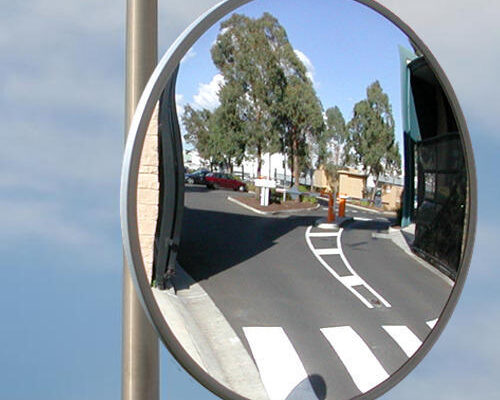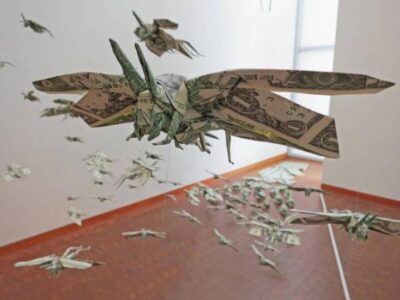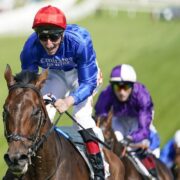
The mirror is one of our most well-known and frequently used items. It serves multiple purposes. For instance, it can be used to reflect an image to make it clearer or make it bigger. It can also be used to see ourselves from any angle, whether sideways, front, or back. A mirror is also an item that reflecting an image that can show an exact image of what’s in front of it; whether focused directly through a lens or a mirror.
Ray Tracing Curve
Mirrors naturally reflect light by bouncing it off its surface. As a result, every reflective surface has a distinct internal structure. One of these internal structures is called a refractive curve and the curved internal structure of a mirror is called a Ray tracing curve. Ray tracing curves are integral parts of most modern high-definition mirror systems.
Most reflective surfaces have three primary orientations: parallel to the surface, mirror-sidewise, and side-wise. The mirror-side is always perpendicular to the surface it is reflecting, while the parallel side is always perpendicular to the reflective surface and the mirror-side must always be parallel to that surface. Some types of plane mirrors, such as reflective surfaces used in dental implants, have additional features to improve the performance and precision of their reflections. These additional features are described below. click over here now
The Ray Trace Room
The Ray trace room is the principal axis on which the mirror will be viewed. Its configuration is described by a mathematical equation called a Ray-traced Equation. The equation relates the reflective surface to the source of illumination, which in this case will be the light ray. The position and orientation of the mirror can be found by knowing the equation. When the reflected light rays are seen from any position at infinity, the mirror appears to be fixed straight.
A special category of mirrors called “fiberboard” mirrors are useful for creating curved surfaces by using light rays that reflect off the surface instead of straight into the lens. In the fiberboard mirror, each unit is a fiber’s board, and these fibers are perfectly aligned. As the light rays enter the board, they are curved, so when reflected, each component appears curved. Fiberboard mirrors can be made into any shape with a high degree of precision.
Ray Traced Equation
A fully-fledged reflective surface has no reflection whatsoever. It could not have any curvature whatsoever and so could not be made with a Ray Traced Equation or any other method. The only way to make a curved mirror would be if the principle of reflection were constant. If a given mirror’s position and orientation were constant, then it would reflect all light equally, regardless of which direction the light was travelling.
It is possible to find some mirrors with internal reflections. The internal reflection occurs when one portion of a mirror catches more of its incident ray than the other parts. This is usually visible if you look closely at the edge between the two mirror halves.
Mirrors with internal reflections are usually not used because it requires very precise angles for both the source and the receiving mirror to be set up at the same place. But there are mirrors whose internal reflection is slightly less than the total reflection of a flat surface, and these can be used in a slightly reflective surface. You just need to be sure that your mirrors’ angles are correct. Ray tracing cannot correct poor internal reflections, but it can be used to correct other reflective surface defects.
A modified internal-reflective mirror consists of a very thin reflective film on one side. Its reflection is just like the reflection of a flat surface. However, in this case, the ray that strikes the mirror will not end up in the part of the film opposite the reflective surface, and will instead exit the mirror towards the other part of the frame.
Click this
Frustrate
A modified surface, called a frustrate, has an internal reflection so that part of the ray passing through the mirror will hit the reflector and cause the reflected image to appear as though it is on the surface. There are three kinds of reflecting surfaces, the flat, the reflecting, and the refractive. The reflecting surface can have an axis that is parallel to the ray’s direction, called a tangent. Mirrors that have a tangent axis are called Fresnel reflectors. Mirrors with no internal reflection are called flat panels.
A properly made Fresnel reflector has a Fresnel reflector surface that projects the incident ray as exactly as if it was reflected on a flat surface. It has a zero-degree curvature. If the principal axis of the mirror is turned just enough to make the internal reflection of the mirror exactly parallel to the viewing angle, then the mirror sees as if it were on the surface. Mirrors that are produced by manufacturing processes without any mechanical design are called free-standing mirrors.











